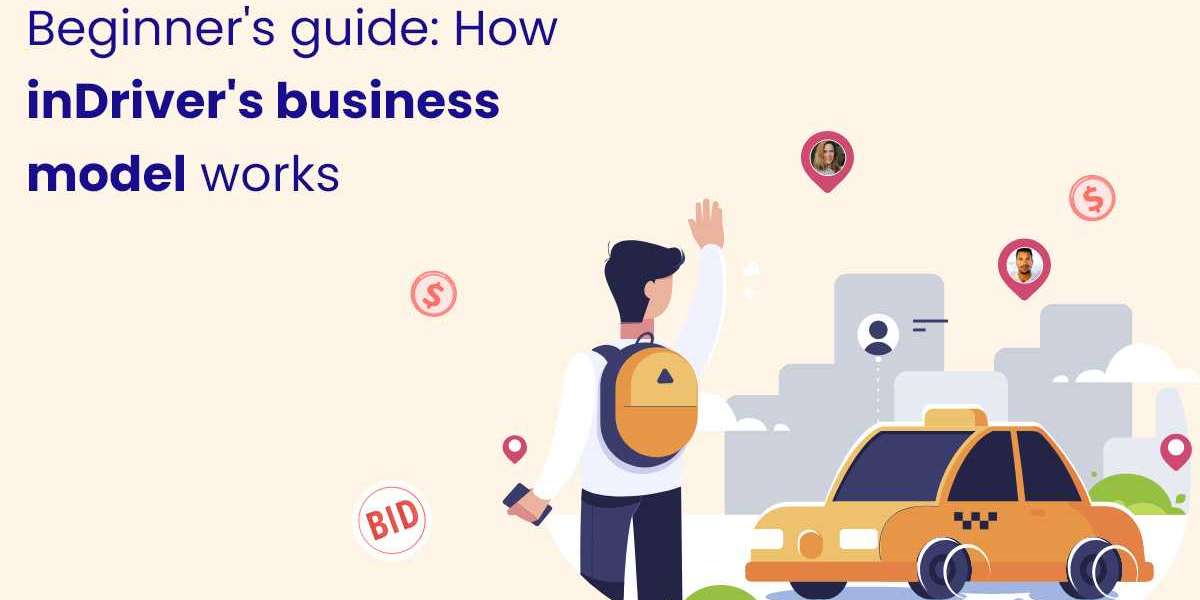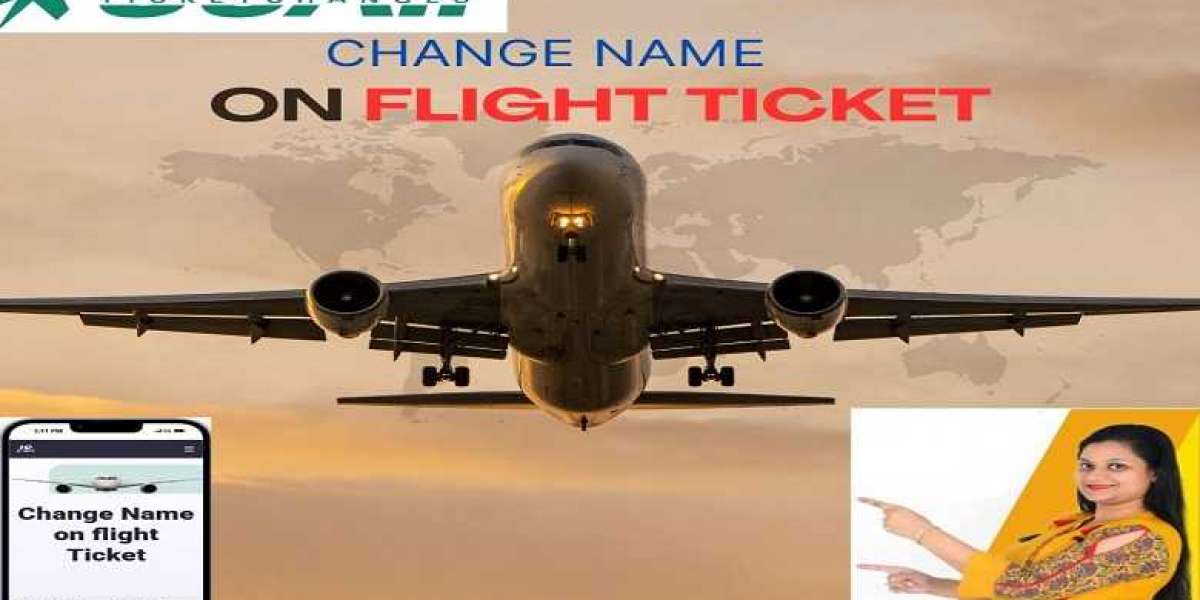Understanding inDriver's business model is crucial for anyone interested in the ride-hailing industry. This innovative company, which originated in Russia, has made significant strides with its unique fare negotiation system and driver-friendly commission rates. This guide provides a comprehensive overview of how inDriver operates and what sets it apart from traditional ride-hailing services.
The Genesis of inDriver
inDriver was born out of necessity during a particularly harsh winter in Yakutsk, Russia, in 2012. Extreme weather conditions highlighted the need for a more flexible and affordable transportation solution. A group of students started a social media group where passengers could post ride requests and suggest their fares. This grassroots initiative laid the foundation for inDriver's business model, focusing on fare negotiation between passengers and drivers. The official inDriver app was launched in 2013, and it has since expanded to over 450 cities in 30 countries.
Fare Negotiation Mechanism
The core feature distinguishing inDriver from its competitors is its fare negotiation system. Unlike traditional ride-hailing services that set fares based on algorithms considering distance, time, and demand, inDriver empowers users to negotiate fares directly. This process begins when a passenger requests a ride by entering their destination and proposing a fare they are willing to pay. Nearby drivers receive the request and can either accept the proposed fare, ignore the request, or counter with a different fare. The ride is confirmed once a driver accepts the passenger’s fare or the passenger agrees to a driver's counteroffer. This approach allows for greater flexibility and often results in more competitive prices for passengers, while drivers have the opportunity to choose the most lucrative rides.
Low Commission Structure
inDriver's commission structure is another critical element of its business model. Initially, the platform did not charge any commission to attract users. Once established in a market, inDriver introduced a commission fee significantly lower than industry standards, generally around 5-10%. In contrast, competitors like Uber and Lyft charge commissions ranging from 20-30%. This low commission rate is attractive to drivers as it allows them to keep a larger portion of their earnings, thereby incentivizing more drivers to join and remain on the platform.
Strategic Market Targeting
inDriver strategically targets markets that are often neglected or underserved by major ride-hailing companies. These include regions with emerging economies and cities where traditional taxi services are either too costly or inefficient. By focusing on these markets, inDriver can establish a strong presence and fulfill a critical need for affordable and reliable transportation. Additionally, inDriver adapts its services to fit the local context, employing local teams to manage operations and ensure that the platform meets the specific needs and preferences of each market.
Growth and Expansion Strategy
inDriver’s growth strategy involves rapid market entry, promotional offers, and strong community engagement. The company swiftly enters new markets, often launching with promotional offers and a zero-commission period to quickly attract a user base. By employing local teams, inDriver ensures that operations are tailored to local conditions and cultural preferences, enhancing the user experience. The company values customer feedback and continuously adapts its services based on user input, addressing issues promptly and effectively. Moreover, inDriver leverages marketing campaigns that emphasize its unique selling points—such as fare negotiation and low commission rates—to distinguish itself from competitors. These efforts help inDriver build a loyal user base and maintain steady growth.
Conclusion
In summary, the inDriver business model is built on a foundation of fare negotiation, a low commission structure, strategic market targeting, and a robust growth strategy. These elements not only differentiate inDriver from other ride-hailing services but also provide a flexible and cost-effective alternative for both passengers and drivers. By understanding these key components, beginners can gain a clear insight into how inDriver operates and why it continues to expand successfully in the global market.







